RESOURCES FOR
Educators
Find an Educational Resource
This section contains relevant resources for educators seeking information on species at risk and biodiversity conservation in Kespukwitk/Southwest Nova Scotia. This section is a work in progress and will be updated.
Search Resources
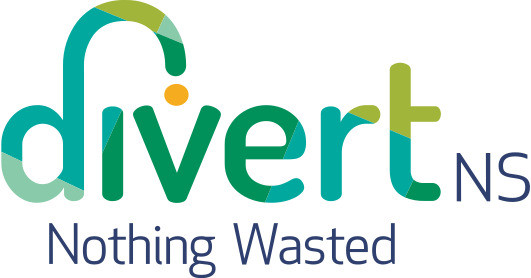
Divert NS Lesson Plans
Divert NS
This lesson plan database is created by Divert NS and includes curriculum linked resources for teaching grades P-8 about waste and related topics.
Various
Activity Length: 30-60 minutes
Grades: P, 1, 2, 3, 4, 5, 6, 7, 8
View the Website
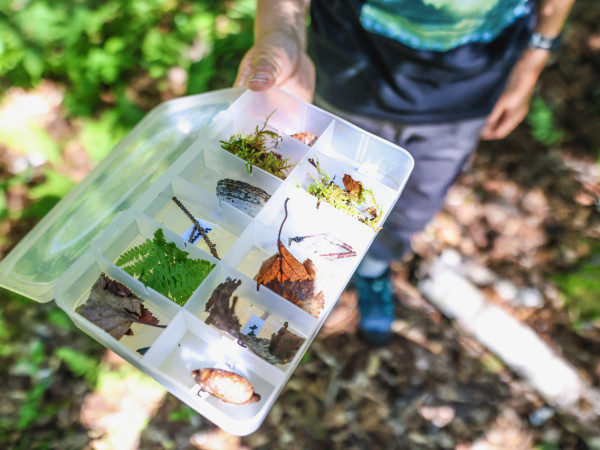
Dozen Touches
Coastal Action
A short activity to get students exploring outside using their senses.
Science Primary: Learners will compare living things through the senses; Learners will investigate materials through the senses
Science 1: Learners will analyse interconnectedness of living things and the environment
Science 3: Learners will investigate plants in the environment
Science 4: Learners will investigate a variety of local natural habitats
Activity Length: <30 minutes
Grades: P, 1, 2, 3, 4
Get the Resource
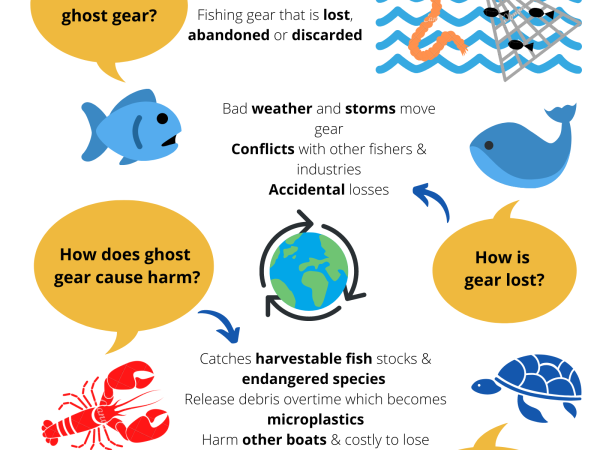
Ghost Gear Info Sheet
Coastal Action
A one-page information sheet about ghost gear for elementary students. Can be used as part of a lesson on ghost gear or put up as a class poster.
Grade 4: Learners will investigate a variety of local natural habitats
Grade 5: Learners will investigate weather; Learners will investigate how weather impacts daily life
Grade 6: Learners will analyse diversity of life in nature and significant relationships within the natural world
Activity Length: <30 minutes
Grades: 2, 3, 4, 5, 6
Get the Resource
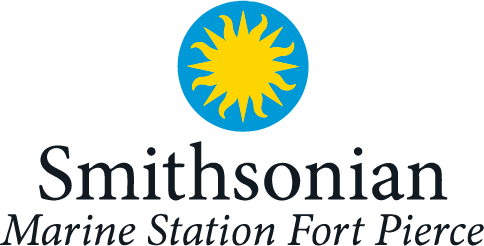
Great Plankton Sink Off
Other
Explore the wonderful and diverse world of plankton and get creative by making your very own plankton. Learn about how these (mostly) microscopic organisms survive in the big blue ocean and the vital role they play in the ocean’s food web. This activity is great for all ages.
Grade Primary: Learners will test movement of objects, Learners will investigate materials through the senses
Grade 1: Learners will analyse daily and seasonal change in the environment, Learners will analyse interconnectiveness of living things and the environment
Grade 3: Learners will construct a structure in response to a design challenge
Grade 4: Learners will investigate a variety of local natural habitats
Grade 5: Learners will investigate how weather impacts daily life
Grade 6: Learners will analyse diversity of life in nature and significant relationships within the natural world
Grade 7: Learners will investigate factors that affect species adaptation and evolution
Grade 9: (GCO) Skills: Students will develop the skills required for scientific in technological inquiry, for solving problems, for communicating scientific ideas and results, for working collaboratively, and for making informed decisions
Activity Length: <30 minutes
Grades: P, 1, 2, 3, 4, 5, 6, 7, 8, 9
Get the Resource View the Website

Marine Debris Presentation
University of New Brunswick
A slideshow presentation to teach students about marine debris.
Grade 8: Learners will evaluate the impact of human activity on climate change, Learners will formulate a plan to mitigate or adapt to the effects of climate change
Grade 10: Question and analyze how a paradigm shift in sustainability can change society’s views.
Grade 11: Oceans: Explain the marine biome and describe the biodiversity of ocean life and determine interconnections that exist within the marine biome (MBIO-1)
Activity Length: <30 minutes
Grades: 8, 9, 10, 11
Get the Resource
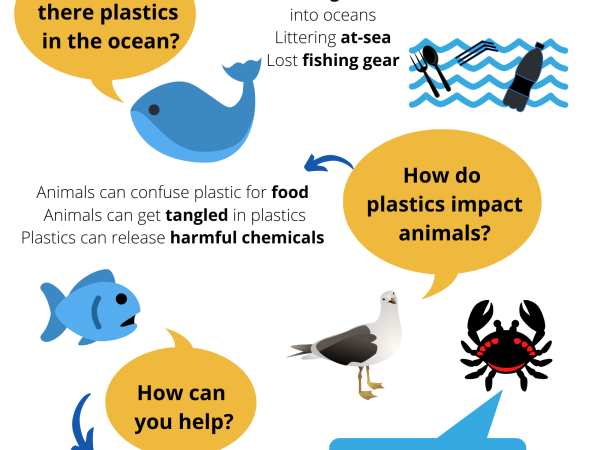
Marine Microplastics Info Sheet (Gr. 1-3)
Coastal Action
A one-page information sheet about marine microplastics for grades 1-3. Can be used in combination with other microplastic resources or put up as a class poster.
Prep Time: <15 minutesActivity Length: <30 minutes
Grades: 1, 2, 3
Get the Resource
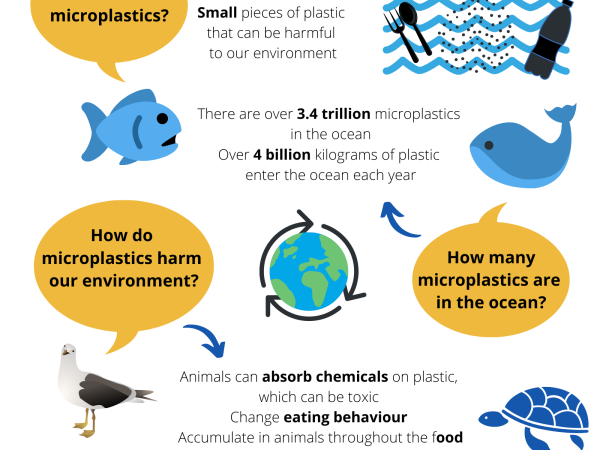
Marine Microplastics Info Sheet (Gr. 4-6)
Coastal Action
A one-page information sheet about marine microplastics for grades 4-6. Can be used in combination with other microplastic resources or put up as a class poster.
Prep Time: <15 minutesActivity Length: <30 minutes
Grades: 4, 5, 6
Get the Resource
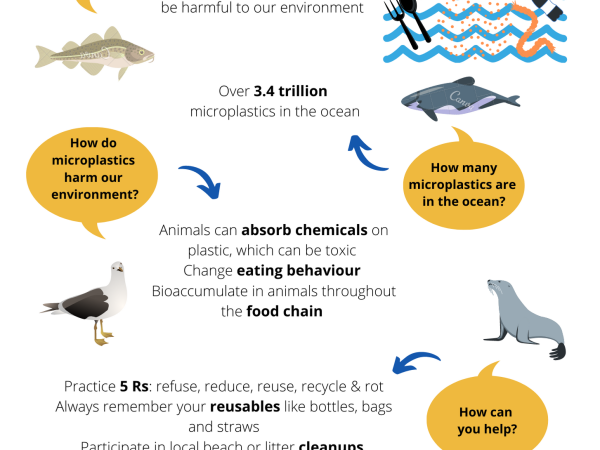
Marine Microplastics Info Sheet (Gr. 7-8)
Coastal Action
A one-page information sheet about marine microplastics for grades 7-8. Can be used in combination with other microplastic resources or put up as a class poster.
Grade 7: Learners will investigate factors that affect species adaptation and evolution; Learners will implement an environmental stewardship plan
Grade 8: Learners will evaluate the impact of human activity on climate change; Learners will formulate a plan to mitigate or adapt to the effects of climate change
Activity Length: <30 minutes
Grades: 7, 8
Get the Resource

Marine Plastic Pollution Presentation (Elementary)
University of New Brunswick
A slideshow presentation to teach elementary students about plastic pollution in the marine environment.
Grade 4: Learners will investigate a variety of local natural habitats, Learners will investigate how the Earth’s surface changes over time
Grade 6: Learners will analyse diversity of life in nature and significant relationships within the natural world
Activity Length: <30 minutes
Grades: 4, 5, 6
Get the Resource

Marine Plastic Pollution Presentation (HS)
University of New Brunswick
A slideshow presentation to teach high school students about plastic pollution in the marine environment.
Grade 10: “question and analyze how a paradigm shift in sustainability can change society’s views (114-1)”
Grade 11: Oceans: “explain the marine biome and describe the biodiversity of ocean life and determine interconnections that exist within the marine biome (MBIO-1)”
Grade 12: GCO Global History: “demonstrate an understanding of the interactions among people, places, and the environment”
Activity Length: <30 minutes
Grades: 10, 11, 12
Get the Resource
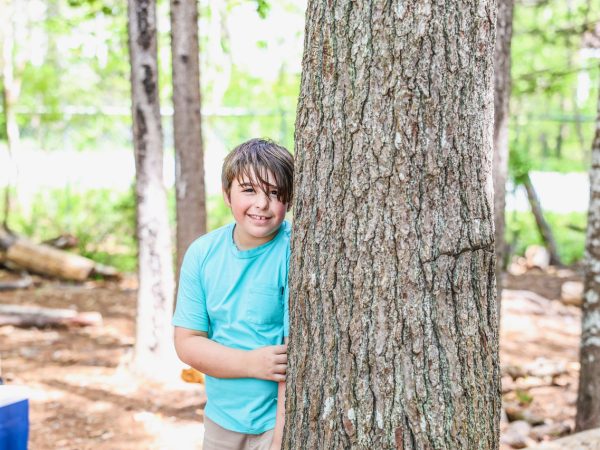
Meet a Tree
Coastal Action
In this outside activity, students will select a tree that they would like to “meet” and then complete the provided journal. It is editable and can be adapted to suit the grade level and learning outcomes.
Primary: “Learners will compare living things through the senses, Learners will investigate materials through the senses.”
Grade 1: “Learners will analyse interconnectiveness of living things and the environment.”
Grade 2: “Learners will analyse the relationship between animal growth and the environment.”
Grade 3: “Learners will investigate plants in the environment.”
Grade 4: “Learners will investigate a variety of local natural habitats.”
Grade 5: “Learners will investigate how weather impacts daily life.”
Grade 6: “Learners will analyse diversity of life in nature and significant relationships within the natural world.”
Grade 7: “Learners will investigate factors that affect species adaptation and evolution, Learners will implement an environmental stewardship plan.”
Activity Length: 30-60 minutes
Grades: P, 1, 2, 3, 4, 5, 6, 7
Get the Resource

Microplastics Investigation
Other
Students can investigate microplastics, bioaccumulation, and the interconnection of the environment. Students will refine their research and communication skills while creating innovative solutions to microplastic pollution.
Grade 10: State a prediction and a prediction based on available evidence and background information
Language arts: Examine the ideas of others in discussion to clarify and extend their own understanding
Grade 11 Oceans: Analyze site planning from various perspectives and report on both the risks and benefits to society and the environment, Compare representative marine organisms and communities
Activity Length: 60+ minutes
Grades: 9, 10, 11, 12
Get the Resource
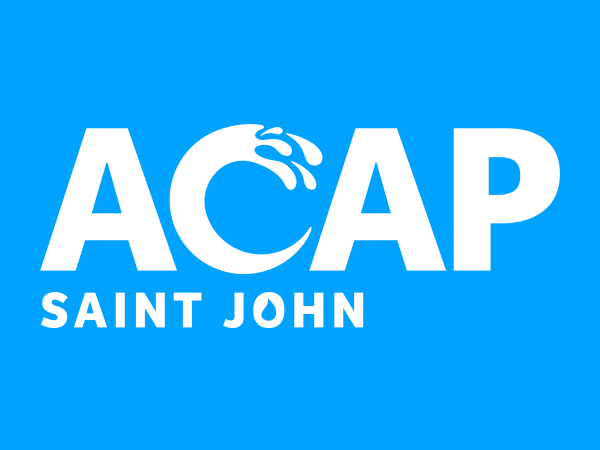
Microplastics: Itty Bitty but EVERYWHERE
ACAP Saint John
A comprehensive lesson plan to teach students about microplastics through educational videos, activities, and discussion questions. There are separate materials for upper elementary (grades 3-5), middle school (grades 6-8), and high school (grades 9-12).
Prep Time: 30+ minutesActivity Length: 60+ minutes
Grades: 3, 4, 5, 6, 7, 8, 9, 10, 11, 12
View the Website
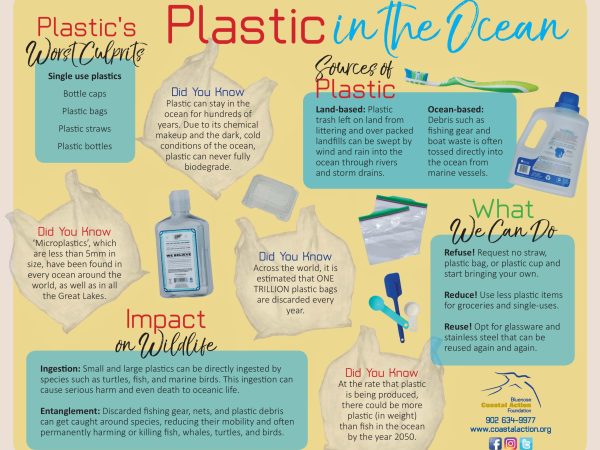
Plastics in the Ocean Info Sheet
Coastal Action
A one-page information sheet about plastics in the ocean. Can be used in combination with other microplastic resources or put up as a class poster.
Grade 4: Learners will investigate a variety of local natural habitats, Learners will analyse interconnectiveness of and within local habitats, inclusive of a Mi’kmaw perspective
Grade 5: Learners will analyse how the body functions to meet its needs
Grade 6: Learners will analyse diversity of life in nature and significant relationships within the natural world
Grade 7: Learners will construct a structure in response to a design challenge, Learners will investigate factors that affect species adaptation and evolution
Grade 8: Learners will evaluate the impact of human activity on climate change, Learners will formulate a plan to mitigate or adapt to the effects of climate change
Grade 10: Predict and analyze the impact of external factors on the sustainability of an ecosystem, using a variety of formats
Activity Length: <30 minutes
Grades: 4, 5, 6, 7, 8, 9, 10, 11, 12
Get the Resource
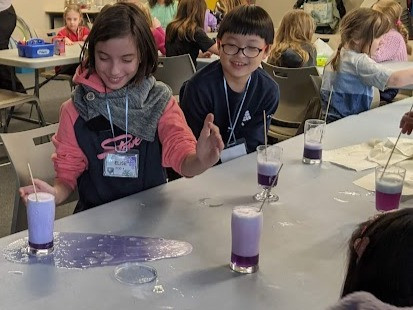
Red Cabbage pH Experiments
Coastal Action
Use this fun, colour changing “potion” to teach students of all ages about acids and bases! There are two experiment options to suit different grade levels.
Grade Primary: Learners will investigate materials through the senses
Grade 2: Learners will investigate materials through the senses
Grade 3: Learners will investigate plants in the environment
Grade 5: Learners will test how physical and chemical changes affect the properties of matter
Grade 7: Learners will analyse particle theory in relation to substances in environments
Grade 9: Describe changes in the properties of materials that result from some common chemical reactions
Science 10: Perform experiments, using appropriate instruments and procedures, to identify substances as acids, bases, or salts, based on their characteristic properties
Chemistry 12: explain how acid-base indicators function
Activity Length: 30-60 minutes
Grades: P, 1, 2, 3, 4, 5, 6, 7, 8, 9, 10, 11, 12
Get the Resource
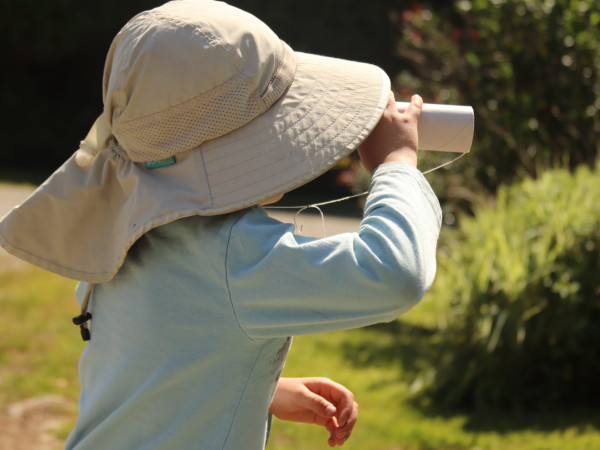
Search Scopes
Coastal Action
A simple craft to help students engage more deeply with nature by changing the way they interact with their surroundings. It works great for many scavenger hunts and nature immersion activities that focus on sight or searching. It can also be used for games such as “I Spy”.
Science Primary: Learners will compare living things through the senses
Science Primary: Learners will investigate materials through the senses
Science 1: Learners will analyse interconnectiveness of living things and the environment
Science 2: Learners will analyse the relationship between animal growth and the environment
Science 3: Learners will investigate plants in the environment
Activity Length: <30 minutes
Grades: P, 1, 2, 3
Get the Resource

Smaller than a Pea
University of New Brunswick
Students will learn about microplastic pollution and its impact on wildlife. Students will use this information to help them understand the properties of microplastic pollution.
Science Primary: Learners will investigate sand and water through the senses, Learners will test motion of objects
Math Primary: Students will be expected to use direct and indirect measure to solve problems
Science 1: Learners will analyse interconnectiveness of living things and the environment
ELA 1: Learners will interact using effective oral language skills considering audience, purpose, and situation; Learners will use a range of strategies to develop effective writing and media products to enhance their clarity, precision and effectiveness
Science 2: Learners will investigate liquids, solids, and mixtures, Learners will test motion of objects
Activity Length: 30-60 minutes
Grades: P, 1, 2, 3
Get the Resource
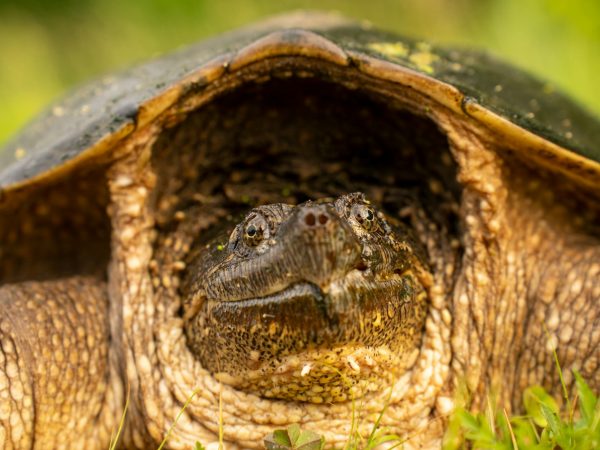
Snappers and Ladders
Coastal Action
The goal of the activity is to encourage teamwork and collaboration while teaching participants about the life cycle, and threats of snapping turtles.
Prep Time: 30+ minutesActivity Length: 30-60 minutes
Grades: 3, 4, 5, 6, 7
Get the Resource
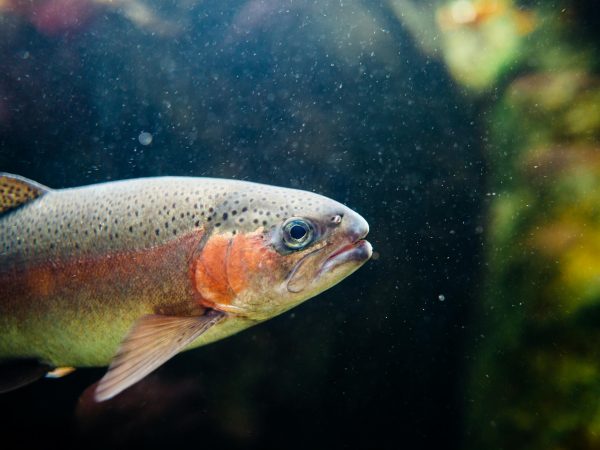
Swim for Cover
Coastal Action
“Swim for Cover!” is an active, outdoor simulation game designed to teach participants about the importance of instream cover for native freshwater fish species.
Prep Time: <15 minutesActivity Length: <30 minutes
Grades: 3, 4, 5
Get the Resource
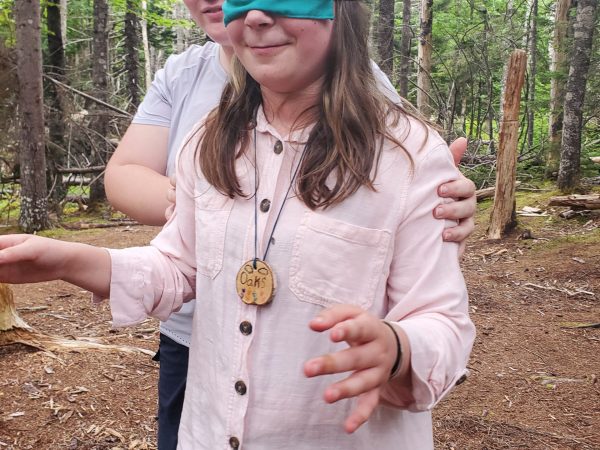
Tree Friends
Coastal Action
In this outside activity, students take turns getting to know tree friends while blindfolded. This activity encourages students to explore their surroundings using their sense of touch.
Primary: “Learners will compare living things through the senses”; “Learners will investigate materials through the senses.”
Grade 1: “Learners will analyse interconnectiveness of living things and the environment”; “Learners will analyse daily and seasonal change in the environment”
Grade 2: “Learners will analyse the relationship between animal growth and the environment.”
Grade 3: “Learners will investigate plants in the environment.”
Grade 4: “Learners will investigate a variety of local natural habitats.”
Grade 5: “Learners will investigate how weather impacts daily life.”
Grade 6: “Learners will analyse diversity of life in nature and significant relationships within the natural world.”
Grade 7: “Learners will investigate factors that affect species adaptation and evolution, Learners will implement an environmental stewardship plan.”
Activity Length: <30 minutes
Grades: P, 1, 2, 3, 4, 5, 6, 7
Get the Resource
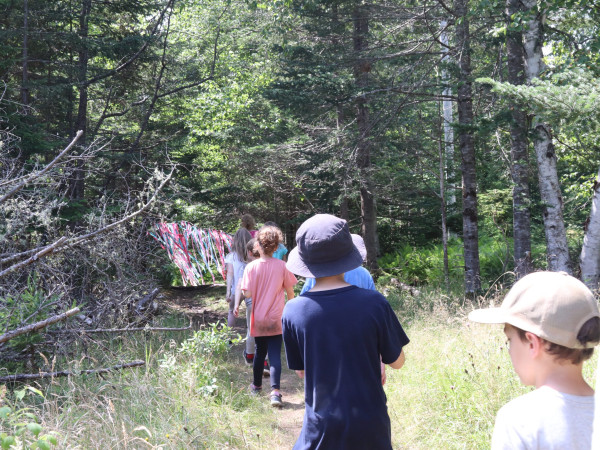
Un-Nature Trail Walk
Other
An activity to understand the difference between natural and unnatural things by camouflaging unnatural objects in nature.
Primary: “Learners will compare living things through the senses, Learners will investigate materials through the senses.”
Grade 1: “Learners will analyse the interconnectedness of living things and the environment.”
Grade 2: “Learners will analyse the relationship between animal growth and the environment.”
Grade 3: “Learners will investigate plants in the environment.”
Grade 4: “Learners will investigate a variety of local natural habitats.”
Grade 5: “Learners will investigate how weather impacts daily life.”
Grade 6: “Learners will analyse diversity of life in nature and significant relationships within the natural world.”
Activity Length: <30 minutes
Grades: P, 1, 2, 3, 4, 5, 6
Get the Resource
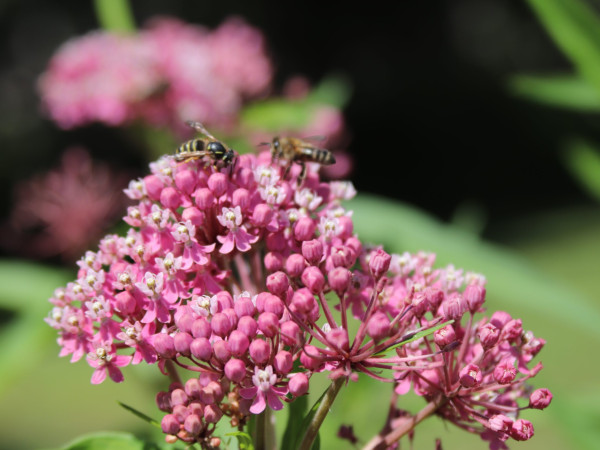
Unusual Pollinator Game
Other
Students may be surprised to learn that all sorts of animals can be pollinators, not just butterflies and bees! In this activity, students will learn about some unusual pollinators!
Grade 2: “Learners will analyse the relationship between animal growth and the environment.”
Grade 3: “Learners will investigate plants in the environment.”
Grade 4: “Learners will investigate a variety of local natural habitats.”
Grade 5: “Learners will investigate how weather impacts daily life.”
Grade 6: “Learners will analyse diversity of life in nature and significant relationships within the natural world.”
Activity Length: <30 minutes
Grades: 2, 3, 4, 5, 6
Get the Resource

Waxed Food Wraps
University of New Brunswick
Make your own waxed cotton food wraps! This idea offers an alternative to plastic food wrap and can be made from scrap cotton and any unscented wax (paraffin, beeswax, old candles). The cloth protects food, keeping it fresh while allowing it to breathe, which can help the food last longer.
Grade 4: “Learners will investigate a variety of local natural habitats.”
Grade 6: “Learners will analyse diversity of life in nature and significant relationships within the natural world.”
Grade 7: “Learners will implement an environmental stewardship plan.”
Grade 8: “Learners will evaluate the impact of human activity on climate change, Learners will formulate a plan to mitigate or adapt to the effects of climate change.”
Grade 9: (GCO) Skills: “Students will develop the skills required for scientific in technological inquiry, for solving problems, for communicating scientific ideas and results, for working collaboratively, and for making informed decisions.”
Activity Length: 60+ minutes
Grades: 4, 5, 6, 7, 8, 9, 10, 11, 12
Get the Resource
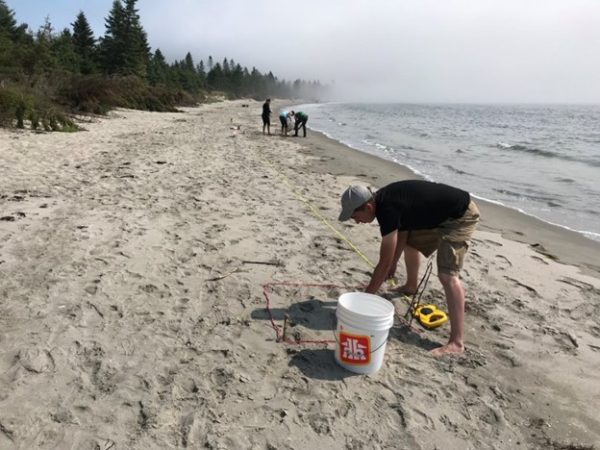
Where are the marine microplastics?
Coastal Action
An activity plan for facilitating a microplastics sampling workshop
Grade 10: “Predict and analyze the impact of external factors on the sustainability of an ecosystem, using a variety of formats.”
Grade 11: “explain the marine biome and describe the biodiversity of ocean life and determine interconnections that exist within the marine biome”
Activity Length: 60+ minutes
Grades: 10, 11
Get the Resource